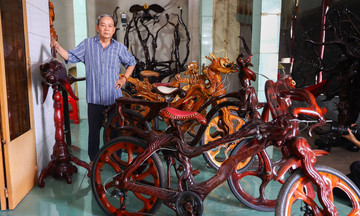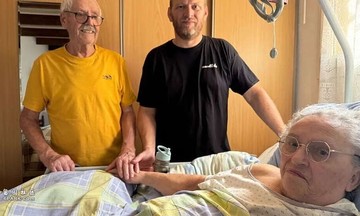The latest addition to this "medical campus" is the second campus of Pham Ngoc Thach University of Medicine, which recently opened. This milestone coincided with the 80th anniversary of National Day.
Duong Anh Duc, head of the Ho Chi Minh City Party Committee's Commission for Propaganda and Education, hailed the opening as a significant step for the healthcare sector in its journey to enhance training and patient care. Funded with over 2.4 trillion VND from the city's budget, the new campus is part of Vietnam's first "medical campus" initiative in western Ho Chi Minh City. This integrated "hospital-university" model, built to international standards, aims to position Ho Chi Minh City as a leading specialized medical hub in ASEAN.
Vo Duc Thanh, director of the Management Board for Investment and Construction of Civil and Industrial Works, explained that the project includes comprehensive infrastructure, landscaping, and sports facilities. The goal is to foster a balanced development of physical and mental well-being for students, faculty, medical staff, and patients.
Following the success of phase one, Ho Chi Minh City is expanding the Tan Kien medical complex from 55 hectares to 73 hectares. The next phase will add key facilities, such as a second Emergency Center 115 base, which will command the pre-hospital emergency system, and a 1,000-bed Orthopedic and Traumatology Hospital.
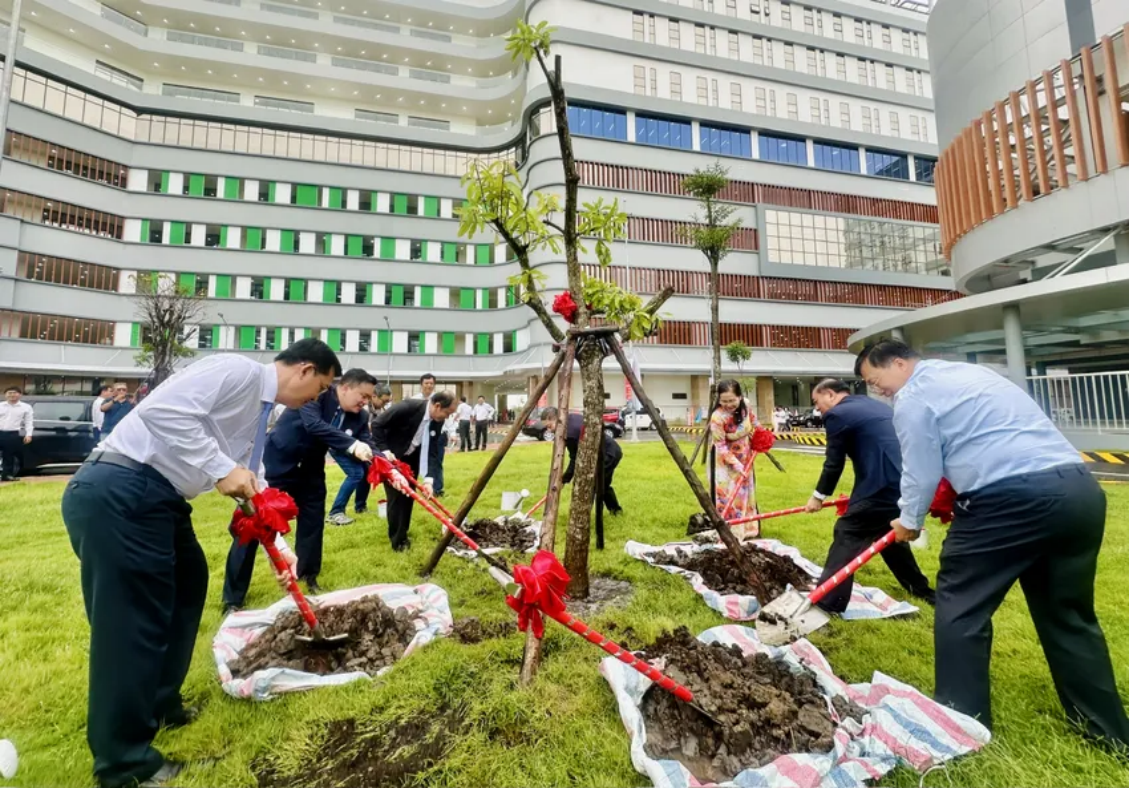 |
Representatives participate in a tree-planting ceremony on campus. Photo: Thao Phuong |
Representatives participate in a tree-planting ceremony on campus. Photo: Thao Phuong
Other projects underway include a testing and calibration center, a blood bank, a high-tech disease screening center, and a teaching hospital for Pham Ngoc Thach University of Medicine. The area will be designed as a green medical complex, incorporating public services, parks, sports fields, and accommodation for patients' families.
This model aims to provide a patient-centered, nature-focused healing environment while alleviating pressure on central hospitals. Green healthcare models are already practiced globally. Many medical professionals are prescribing "nature" as a free therapy. Doctor Melissa Lem, director of PaRx, highlighted that this is part of Canada's national nature prescription program, an initiative launched by the BC Parks Foundation and supported by healthcare professionals seeking to improve patient health through nature connection.
According to Lem, the program has expanded nationwide, with over 11,000 healthcare providers recommending time in nature to their patients. This free and accessible approach strengthens the human-nature bond, potentially benefiting both physical and mental health. Currently, Canadian healthcare providers write approximately 30,000 "nature prescriptions" monthly.
Lem recommends at least two hours of nature immersion per week, with each session lasting a minimum of 20 minutes. This recommendation is based on evidence of increased well-being and health at the two-hour mark and the reduction of the stress hormone cortisol within 20 to 30 minutes.
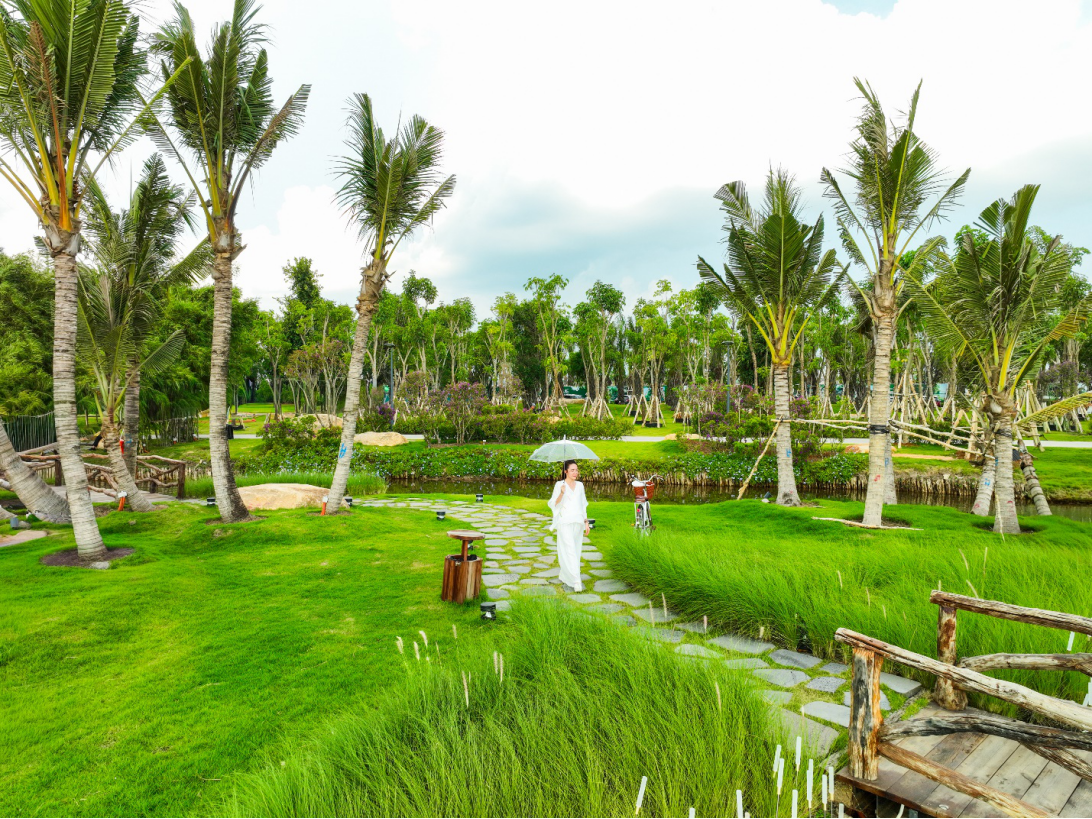 |
Nature-rich living spaces enhance health and happiness. Photo: Ecopark |
Nature-rich living spaces enhance health and happiness. Photo: Ecopark
In Vietnam, doctor Doan Thu Hong from the Vietnam Institute of Applied Medicine observes that people who regularly spend time in green spaces like parks or gardens tend to reduce their reliance on prescription drugs. She cites a Finnish study showing that those who visited green spaces 3 to 4 times a week used 33% less mental health medication and 36% less hypertension medication than those who visited such spaces less than once a week.
Many healthcare facilities are incorporating green spaces to help patients benefit from nature, reducing the burden and pain of illness. In addition to convenient transportation infrastructure, the management of the medical campus prioritizes the development of green spaces.
Near the campus, green urban areas designed for therapy, recovery, and rejuvenation are also being developed. These spaces, with their diverse plant life and biodiversity, offer significant therapeutic and restorative potential.
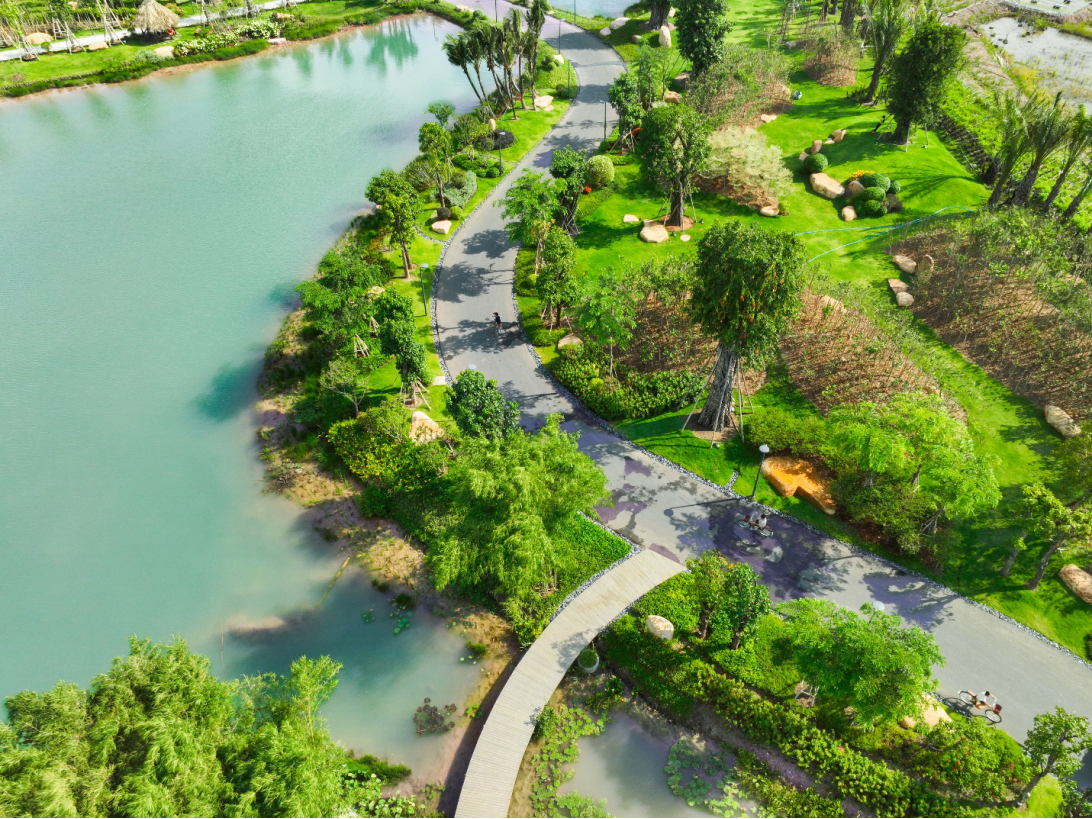 |
Green living spaces in the urban area near the medical campus. Photo: Ecopark |
Green living spaces in the urban area near the medical campus. Photo: Ecopark
Experts believe that the Tan Kien medical complex demonstrates Vietnam's ability to create international-standard medical campuses, similar to those in the US, UK, Japan, South Korea, and Singapore. The project is expected to reduce pressure on city center hospitals, improve public healthcare, and foster green urban areas integrated with health amenities.
Hoai Phuong




